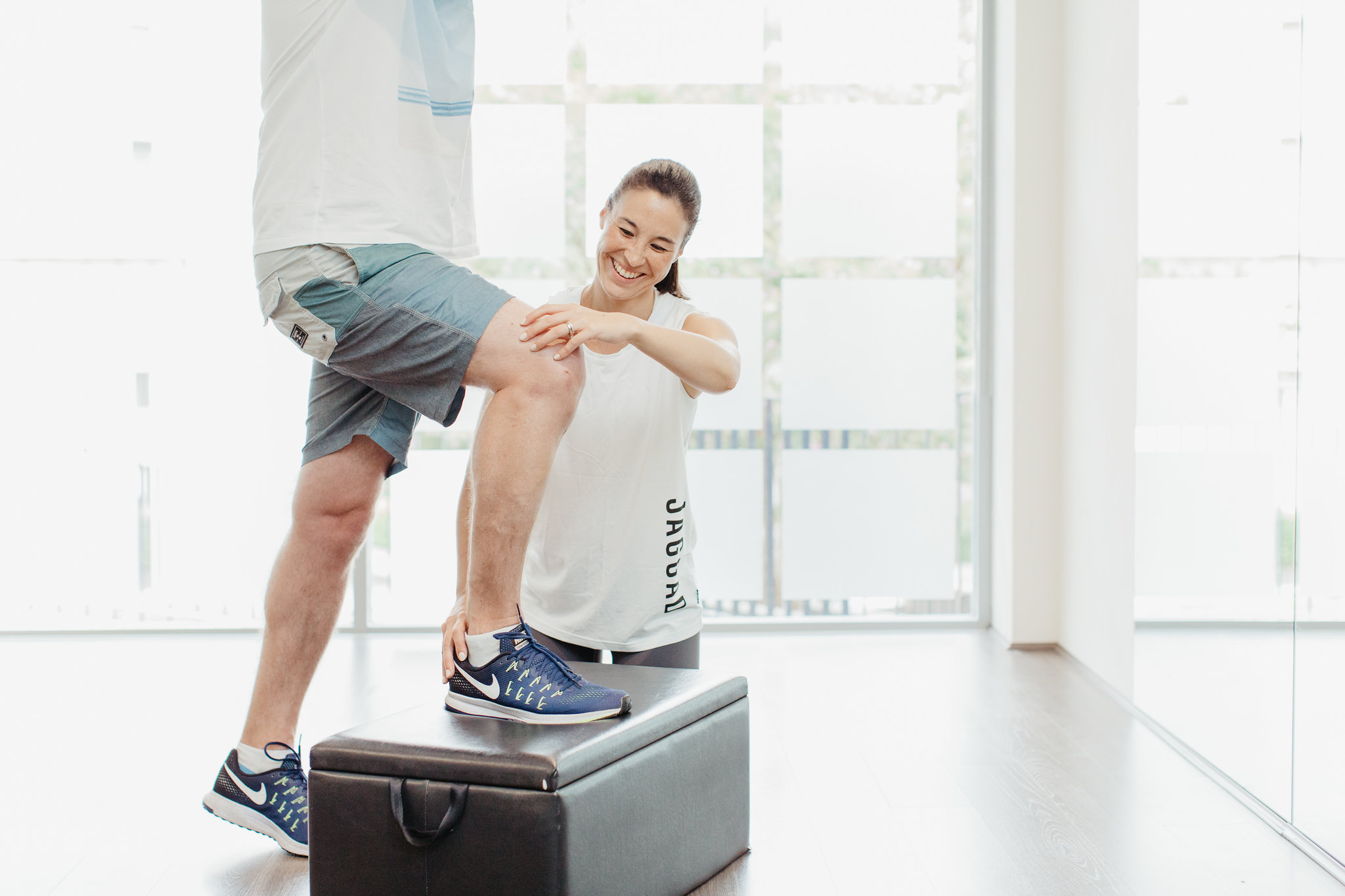Physiotherapy for Perimenopause – Empowering Women Through This Stage
Physiotherapy for perimenopause offers targeted, evidence-based support to help women manage hormonal changes, reduce symptoms, and maintain long-term physical health.
Perimenopause marks a significant transitional stage in a woman’s life, typically beginning in the mid-40s and continuing for several years. Driven by fluctuating levels of estrogen and progesterone, this phase initiates a cascade of physiological changes—many of which go far beyond what can be seen or felt.
Women may experience joint pain, fatigue, sleep disturbances, pelvic floor dysfunction, and changes in cognitive clarity (often described as “brain fog”). Less visible, but equally important, are the declines in muscle mass, bone density, and connective tissue integrity—all of which can affect long-term health and function.
While these changes are natural, they are not inevitable in their impact. At our clinic, we specialise in physiotherapy for women navigating perimenopause designed to help you move with confidence, strength, and clarity. Our approach is evidence-based, holistic, and compassionate—helping you feel connected to your body and supported every step of the way.
Physiotherapy for Perimenopause – How We Can Help
Our experienced physiotherapists understand the wide-reaching effects of hormonal change during perimenopause. We provide personalised, clinical care focused on restoring strength, mobility, and balance—both physically and mentally.
Pelvic Floor Physiotherapy
Hormonal fluctuations can lead to weakening of the pelvic floor muscles, contributing to bladder changes, pelvic pressure, pain, or discomfort during intimacy. Our physiotherapists assess and treat these concerns with gentle, non-invasive techniques to:
- Improve pelvic floor and core muscle function
- Reduce urinary urgency or leakage
- Support sexual and pelvic health
- Re-establish confidence in daily movement and exercise
Whether symptoms are subtle or significantly affecting your quality of life, early intervention can restore control and function.
Strength & Resistance-Based Gym Programs
During perimenopause, estrogen decline accelerates sarcopenia (loss of muscle mass) and bone demineralisation, increasing the risk of osteoporosis, falls, and metabolic issues. Our physiotherapists create individualised gym programs that focus on:
- Building and maintaining lean muscle
- Improving joint stability and posture
- Supporting cardiovascular health and metabolic resilience
- Enhancing endurance, balance, and daily function
These one-on-one sessions are designed to meet you where you are, with tailored progressions that prioritise safety, motivation, and measurable results.
Clinical Pilates Classes
Our Clinical Pilates classes are taught by physiotherapists. With a focus on core control, breath, postural alignment, and spinal mobility, Pilates can help:
- Address stiffness and joint discomfort
- Improve balance and proprioception
- Reduce injury risk during midlife transitions
- Enhance mood, sleep, and body awareness
With small group sizes and clinical supervision, you’ll benefit from a personalised approach that nurtures both strength and recovery.
Bone & Postural Health Support
Estrogen decline directly affects bone remodeling, resulting in decreased bone mineral density, particularly in the spine and hips. Changes in collagen production can also impact tendon elasticity and joint stability. Our programs include:
- Weight-bearing and resistance training to stimulate bone growth
- Postural assessments and corrective exercises
- Education on fracture prevention and joint protection
- Early detection strategies for osteopenia and osteoporosis
By addressing these invisible changes now, we help reduce long-term risk and support healthy ageing.
You Deserve Support That Understands Your Changing Body
Perimenopause doesn’t just affect hormones—it influences nearly every system in the body. Our integrated approach considers both the visible and silent changes happening beneath the surface, with a focus on prevention, education, and empowerment.
You’re not alone in this transition. Our team is here to guide you with compassionate care, grounded in clinical expertise and tailored to your unique experience.
Ready to Move Through Perimenopause with Confidence?
Let’s create a plan that supports your strength, mobility, and well-being—today and into the future.
Book a consultation with our physiotherapy team and take the first step toward thriving through perimenopause—and beyond.





